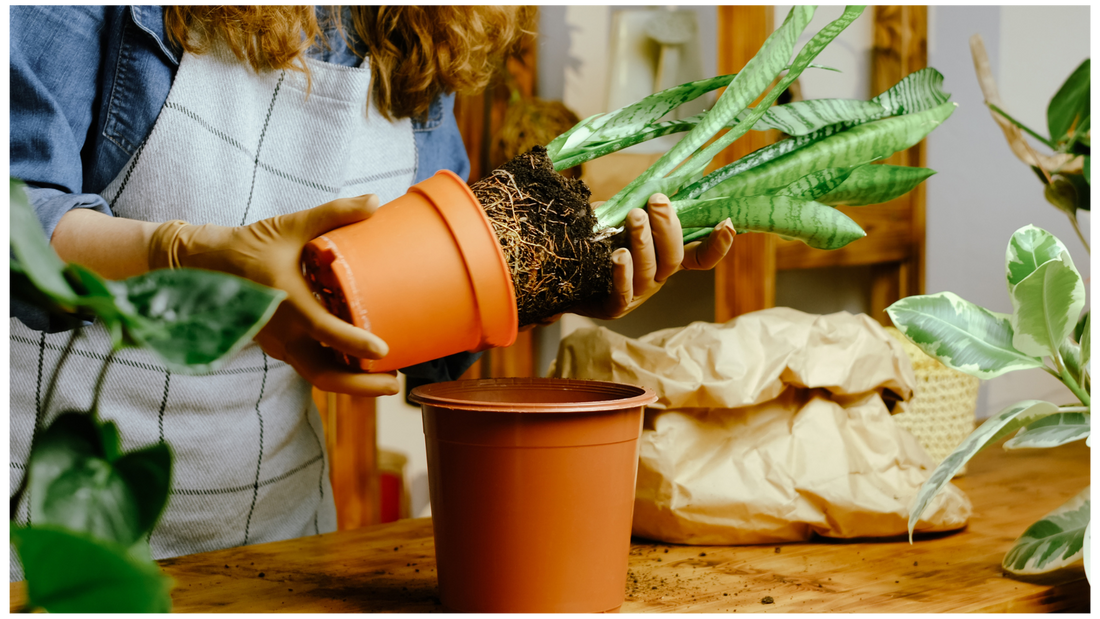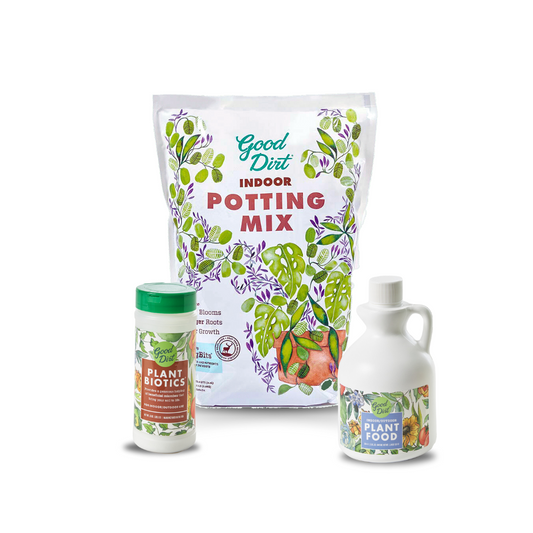As winter fades and spring approaches, your houseplants will start to respond to the increasing daylight and warmer temperatures. This seasonal transition is a crucial time to give them a little extra care and attention to ensure they thrive in the months ahead. Here are some best practices to help your houseplants adjust smoothly to spring.

1. Gradual Light Exposure
During the winter, many houseplants experience lower light levels. As the days grow longer and the sunlight intensifies, sudden exposure to stronger light can cause stress and sunburn. If you’re moving plants closer to windows or outdoors, do so gradually, increasing their exposure over a couple of weeks to prevent shock.
2. Adjust Your Watering Routine
With increased light and warmth, your plants will begin to grow more actively, requiring more water than they did in winter. However, avoid overwatering by checking the soil moisture regularly. Ensure proper drainage to prevent root rot.
3. Refresh the Soil and Repot if Necessary
Spring is the best time to refresh your plants’ soil, providing them with fresh nutrients. If you notice roots circling the bottom of the pot or if the soil is compacted and not absorbing water well, it may be time to repot into a slightly larger container with fresh potting mix.
4. Up Your Fertilizing
While you shouldn't completely stop fertilizing in the winter, spring is the time to ramp up feeding as your plants enter a more active growth phase. Increase the frequency and strength of fertilizer applications gradually, using a balanced, diluted liquid fertilizer with every watering to support healthy development.
5. Prune and Trim for Healthy Growth
Spring is the perfect time to prune away any dead or yellowing leaves and encourage bushier, healthier growth. Trimming leggy stems and removing any unhealthy foliage helps plants redirect energy into new, vibrant growth.
6. Increase Humidity and Air Circulation
As temperatures rise, indoor air can become drier, which may not be ideal for tropical houseplants. Consider using a humidifier, misting your plants occasionally, or placing them on a pebble tray with water to maintain adequate humidity levels. Also, ensure good air circulation to prevent pests and fungal issues.
7. Be on the Lookout for Pests
Warmer temperatures can bring an increase in pest activity. Check your plants regularly for common pests like spider mites, aphids, and mealybugs. If you notice any infestations, treat them promptly with insecticidal soap, neem oil, or other natural remedies.
8. Consider Gradually Moving Plants Outdoors
If you plan to move houseplants outside for the warmer months, transition them slowly. Start by placing them in a shaded or partially shaded area before gradually exposing them to more sunlight over a couple of weeks.

By following these best practices, your houseplants will adjust smoothly to the changing season, rewarding you with lush, healthy growth. Spring is a time of renewal, and with a little care, your indoor jungle will thrive well into the warmer months ahead.





